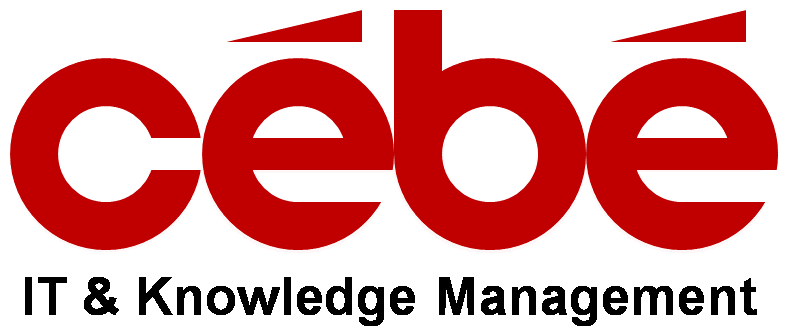
Consulting Services
- IT Strategy
- EA / SOA / BPM
- IT Innovation Briefings
- IT Due Diligence
- Vendor Selection
- Executive IT Seminars
- Cloud Computing
- Grid Computing
- Security Maturity
- Knowledge Strategy
- Technical Communities
- Knowledge Capture
- Enterprise Social Networking
Contact Us:
|
 |
|
|
Forward this newsletter to colleagues and friends: use the "forward email" link below at left, rather than "Forward" in your email software, to preserve your privacy, give the recipient more options (their own unsubscribe link, etc.) and to give us better click-through data from ConstantContact. Thanks!
|
|
|
 |
The One with the Biggest Display Wins
|
Ostendo has produced a curved display that not only increases the amount of "real estate" to display application windows, but is also supposed to improve the feeling of immersion. Watch, drool, and start saving (about $4,000 for this baby)!
|
 |
Cloudy in Long Beach
|
At the meetings of the
Object Management Group and the
BPM/SOA Consortium, collocated in Long Beach, Calif., Dec. 7-11, there were multiple discussions of Cloud Computing: there was a day on "BPM and SOA in the Cloud," as well as a "Could Interoperability Roadmap Workshop" focused on the standardization of cloud APIs.
Back in April 2009, the Open Grid Forum formed the
Open Cloud Computing Interface (OCCI) group to address the latter topic. What level of standardization will be useful to end users, acceptable to vendors, and compatible with ongoing innovation, is unclear yet.
|
 |
Notes from the River Walk
|
The Cutter Consortium published at the end of December "S
OA, BPM, MDM: Notes from the River Walk," my Executive Update based on observations made at the previous SOA Consortium meeting, the one held in San Antonio in September. This 3-page paper illustrates the relationships between Service Oriented Architecture, Business Process Management, and Master Data Management.
|
 |
Discussion Paper on Business Architecture
|
|
|
 |
Change Management: Fear vs. Adoption
|
In the context of the Enterprise 2.0 phenomenon, I have cautioned against an "ignorance-fear-prohibition" cycle and advised companies to adopt the much more constructive and successful "awareness-education-adoption-monitoring" approach.
One of the KIT readers points out the similarity with sociological research about reaction to change, such as the Satir Change Model, clearly described
here by Steven M. Smith.
At the same time, recognize when you get lectured about change models in order to get you to accept bad things without protesting: the worst example of this is certainly the very thin (physically and intellectually) book "Who Moved My Cheese?" by Spencer Johnson. The appearance of this book in corporate training sessions is an almost certain prediction that a layoff or divestiture is coming!
|
 |
The Programming Corner
|
Is recursion an elegant way to program, reflecting the recursive definition of many mathematical quantities, or is it a lazy way to solve the problem, often creating extremely inefficient programs? While this is far from the concerns of most IT and KM professionals, geeks at heart (and/or people with a degree in Computer Science) may appreciate this
Google knol that revisits an old friend, the Fibonacci sequence, and the various ways to calculate it, leading to a rehabilitation of sorts for well thought-out recursion.
|
 |
Seen Recently...
|
"...the storage of data on remote computers may also raise privacy and security concerns for consumers. For example, the ability of cloud computing services to collect and centrally store increasing amounts of consumer data, combined with the ease with which such centrally stored data may be shared with others, creates a risk that larger amounts of data may be used by entities not originally intended or understood by customers."
-- David Vladeck, of the US Federal Trade Commission,
in a filing with the Federal Communications Commission
about the privacy and security implications of cloud computing
|
|
| |
|